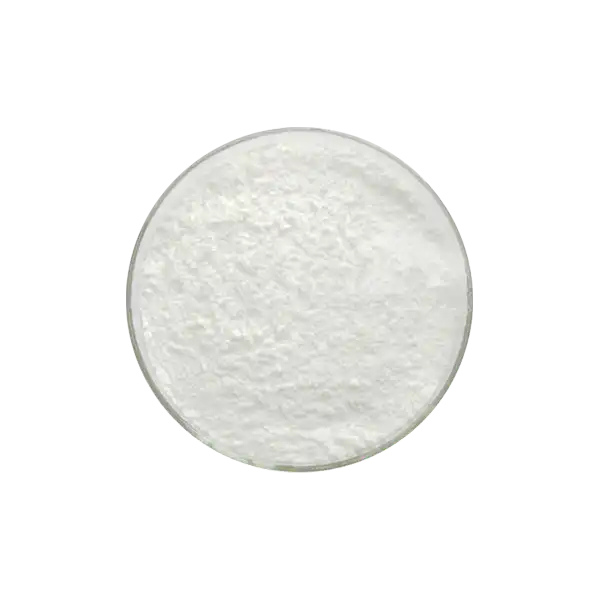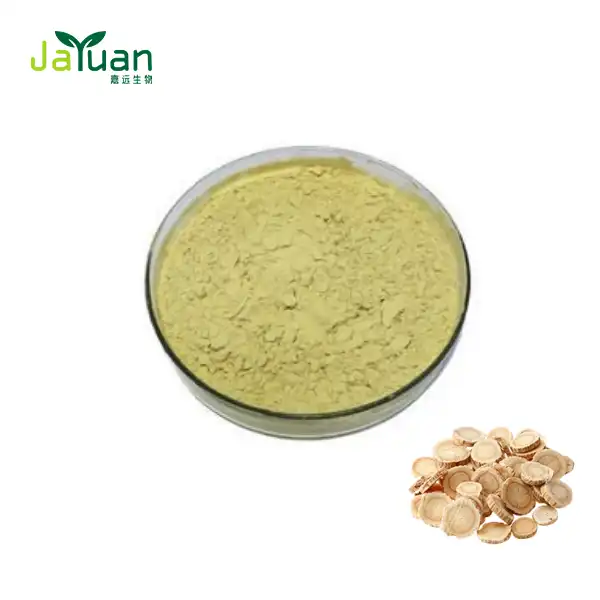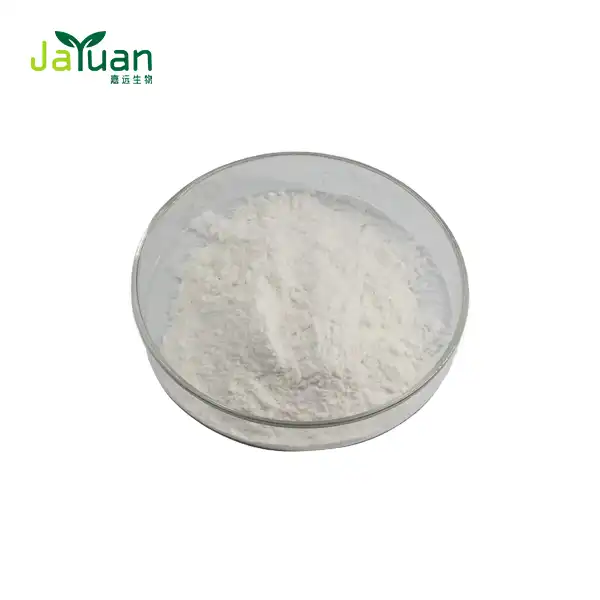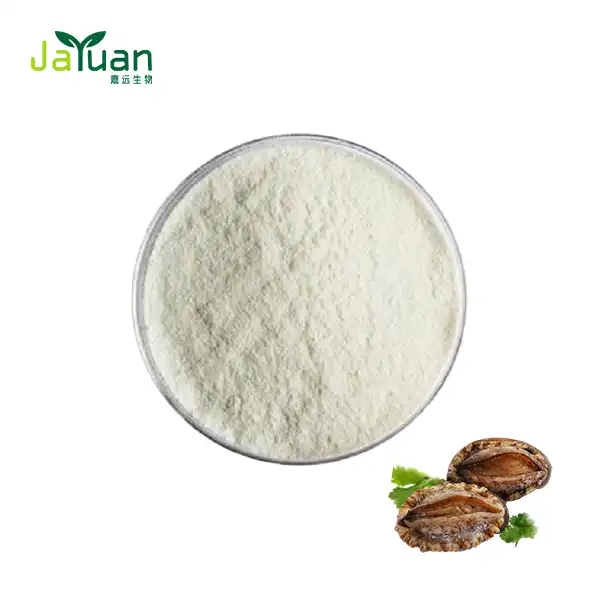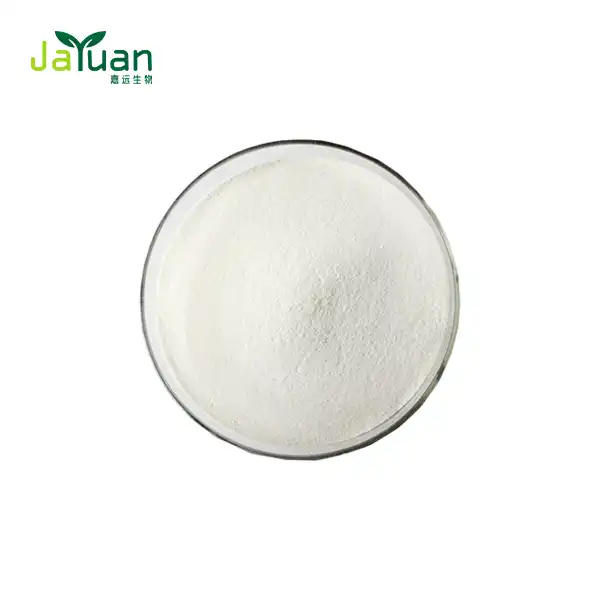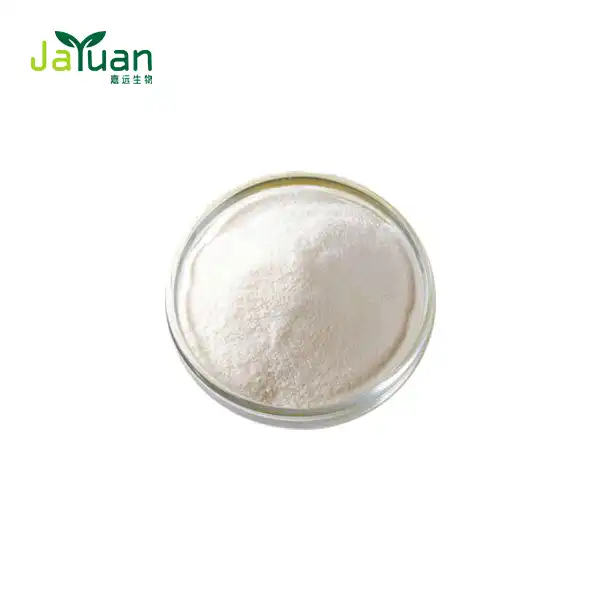Does Tetrahydrocurcumin Powder Have Neuroprotective Properties?
Tetrahydrocurcumin (THC) is a metabolite of curcumin that has been gaining attention for its potential neuroprotective effects. As a bioactive compound derived from turmeric, tetrahydrocurcumin powder offers some unique properties that may support brain health and cognition. In this article, we'll examine the neuroprotective potential of THC and how it compares to typical curcumin for cognitive support.
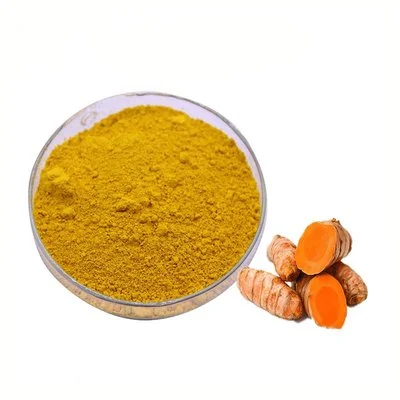
Mechanisms of Action: How Does It Protect Neurons?
Inquire about recommendations that tetrahydrocurcumin powder may offer assistance in securing neurons through a few key mechanisms:
- Antioxidant Activity: THC is a strong antioxidant that can neutralize destructive free radicals and decrease oxidative stretch in the brain. By rummaging receptive oxygen species, may offer assistance in anticipating harm to neurons and back general brain health.
- Anti-inflammatory Effects: Chronic aggravation in the brain is related to cognitive decay and neurodegenerative conditions. THC has illustrated anti-inflammatory properties that may offer assistance in balancing neuroinflammation and backing a solid provocative reaction in neural tissues.
- Mitochondrial Function: The mitochondria are the powerhouses of cells, counting neurons. THC may offer assistance back mitochondrial work and vitality generation in brain cells, possibly upgrading their flexibility and vitality.
- Amyloid-beta Inhibition: Some considers show that THC may offer assistance to restrain the conglomeration of amyloid-beta proteins, which are related to cognitive issues. By interferometer with this prepare, it may offer neuroprotective benefits.
- Neurotransmitter Modulation: THC may impact neurotransmitter frameworks in the brain, especially those including acetylcholine and serotonin. This balance might contribute to progressed cognitive work and temperament adjustment.
Can It Cross the Blood-Brain Barrier Effectively?
When surveying any neuroprotective compound, one of the most pivotal viewpoints is its capacity to cross the blood-brain boundary (BBB) and reach the brain's neural tissues. The BBB is a particular and semipermeable obstruction that directs the entry of substances between the blood and the brain's extracellular fluid.
It serves as a principal defense instrument, preventing dangerous substances from entering the brain while allowing supplements and basic particles to pass through.
Tetrahydrocurcumin Powder bulk, a form of tetrahydrocurcumin (THC), presents a few curious preferences over its parent compound when it comes to crossing the BBB. THC appears to upgrade lipophilicity, meaning it is more fat-soluble than curcumin. This property plays a critical part in making a difference as Tetrahydrocurcumin Powder bulk explores the lipid-rich environment of the BBB. Since the BBB comprises lipid films, THC’s lipophilic nature permits it to more effectively diffuse through these layers, possibly driving to more proficient conveyance to the brain.
Moreover, THC’s progressed solidness in physiological conditions includes another layer of advantage. Curcumin is known for its insecurity, as it can corrupt rapidly in the body, constraining its helpful impacts. In differentiation, THC is more steady, keeping up its structure for longer periods, which can upgrade its bioavailability and increment the probability of it coming to the brain intaglio and in adequate amounts.
Additionally, THC’s somewhat smaller atomic measure may encourage its entry through the tight intersections of the BBB. Littler particles regularly have a less demanding time diffusing through the boundary, making THC more likely to enter and apply its neuroprotective impacts in neural tissues.
While advanced investigation is required to completely get it THC’s capacity to cross the BBB, these properties recommend it holds significant potential for moving forward the conveyance of neuroprotective compounds to the brain, advertising promising conceivable outcomes for neurological medicines.

Comparison to Regular Curcumin for Cognitive Support
When comparing tetrahydrocurcumin powder to regular curcumin for cognitive support, several factors come into play:
- Bioavailability: THC generally exhibits higher bioavailability compared to curcumin. This implies that a more prominent extent of the compound may be ingested and utilized by the body, possibly driving to more articulated impacts.
- Stability: THC is more stable in physiological conditions, which could translate to longer-lasting effects in the body and brain. This increased stability may contribute to its potential neuroprotective properties.
- Antioxidant Potency: Some studies suggest that THC may have even stronger antioxidant capabilities than curcumin. This enhanced antioxidant activity could offer greater protection against oxidative stress in neural tissues.
- Metabolism: As a metabolite of curcumin, THC doesn't require the same metabolic processing in the body. This could potentially lead to more direct and efficient action in the brain.
- Synergistic Effects: While THC shows promise on its own, some researchers propose that a combination of curcumin and its metabolites (including THC) may offer the most comprehensive benefits for cognitive support.
It's vital to note that whereas THC appears to guarantee neuroprotection and cognitive back, inquire about is still progressing.
Both THC and curcumin have demonstrated potential benefits for brain health, and the choice between them may depend on individual needs and responses.
Conclusion
Tetrahydrocurcumin powder exhibits several properties that suggest neuroprotective potential. Its antioxidant and anti-inflammatory impacts, combined with its capacity to possibly cross the blood-brain boundary more viably than curcumin, make it a captivating compound for cognitive bolster. As research continues to unfold, THC may emerge as a valuable option for those looking to support their brain health naturally. If you're interested in learning more about tetrahydrocurcumin powder and its potential applications, we invite you to reach out to our team at sales@jayuanbio.com. Our specialists are continuously cheerful to examine the most recent investigations and how our high-quality fixings can back your well-being and wellness objectives.
References
1. Mishra, S., et al. (2008). Tetrahydrocurcumin: a more potent antioxidant than curcumin in vivo. Molecular Nutrition & Food Research, 52(9), 1010-1018.
2. Kakkar, V., & Kaur, I. P. (2011). Evaluating potential of curcumin loaded solid lipid nanoparticles in aluminium induced behavioural, biochemical and histopathological alterations in mice brain. Food and Chemical Toxicology, 49(11), 2906-2913.
3. Begum, A. N., et al. (2008). Curcumin structure-function, bioavailability, and efficacy in models of neuroinflammation and Alzheimer's disease. Journal of Pharmacology and Experimental Therapeutics, 326(1), 196-208.
4. Murugan, P., & Pari, L. (2007). Influence of tetrahydrocurcumin on erythrocyte membrane bound enzymes and antioxidant status in experimental type 2 diabetic rats. Journal of Ethnopharmacology, 113(3), 479-486.
5. Okada, K., et al. (2001). Curcumin and especially tetrahydrocurcumin ameliorate oxidative stress-induced renal injury in mice. Journal of Nutrition, 131(8), 2090-2095.
6. Yodkeeree, S., et al. (2008). Curcumin, demethoxycurcumin and bisdemethoxycurcumin differentially inhibit cancer cell invasion through the down-regulation of MMPs and uPA. The Journal of Nutritional Biochemistry, 19(12), 792-799.

